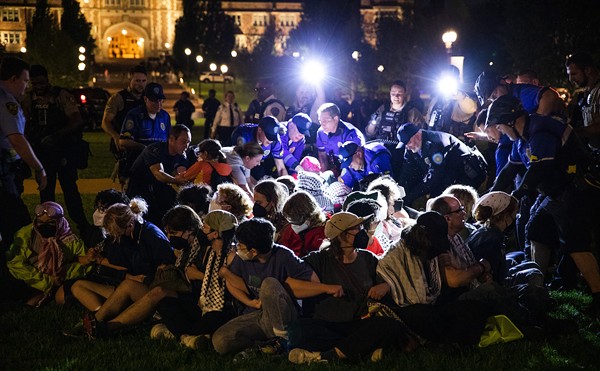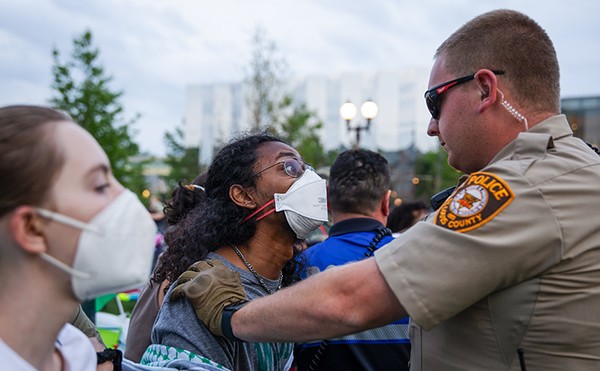
FLICKR/PAUL SABLEMAN
Gravois Park is one of the city's more integrated neighborhoods.
Researchers at housing search and research company Apartment List examined the intersection of factors such as median rent, median income and homeownership with racial composition in census tracts in more than 900 metros across the country. While urban America continues to inch toward increased diversity, its report concludes, all of the nation’s cities maintain some level of residential segregation.
Between 2009 and 2016, St. Louis metro’s overall segregation index, defined as the percentage of minorities who would have to relocate to new neighborhoods to achieve equal distribution across the metro, fell from 0.60 to 0.57, a marginal but promising decline. The specific segregation indexes in St. Louis for black, Hispanic and Asian populations were 0.72, 0.38 and 0.50, respectively.
In 24 of the top 25 largest metros, black populations were the most segregated minority group. In Phoenix, Hispanics earned that distinction. Milwaukee, Cleveland, New York City, Detroit and Buffalo were the top five for overall minority segregation indexes, with rates of 0.61, 0.59, 0.58 and 0.58 respectively.
These patterns of inequality serve as living artifacts of a pre-Fair Housing Act America. The legislation, which will celebrate its 50th anniversary this year, prevents discrimination in housing purchases, rentals and financing. The Fair Housing Act has exerted its most potent effects in the metros that have experienced the most growth most since its passage. In these areas, minorities tend to be more evenly distributed. Conversely, metros that were well-established before the act — like St. Louis, which saw population growth of just 10 percent between 1970 and 2016 — tend to exhibit the most extreme residential segregation.
Segregation remains associated with greater rent burdens and low home ownership rates in concentrated minority tracts. This is particularly true in St. Louis. Across the metro area, home ownership rates for white, black, Hispanic and Asian residents are approximately 77 percent, 41 percent, 51 percent and 57 percent respectively, the study says.
Nationally, in census tracts containing 75 percent or more minority residents, renters tend to have lower incomes than the metrowide median. However, they do not pay proportionally lower rents, leaving them with greater rent burdens. In St. Louis, median renter income in concentrated minority tracts is $25,431, 24 percent below the metrowide median. Yet median rent is $850, just three percent lower than the metrowide median.
The study mentions that modern residential discrimination was born from such past policies as redlining, exclusionary zoning and restrictive covenants. Institutionalized residential discrimination has a long history in St. Louis, and most often targeted African Americans. A 1916 St. Louis ordinance prohibited buyers from obtaining property in a neighborhood already 75 percent filled by another race. When the U.S. Supreme Court overturned the ordinance a year later, restrictive covenants, which prevented property buyers in certain neighborhoods from reselling or leasing to certain groups of minorities, surged in popularity. These covenants remained legal until another Supreme Court case in 1948.
While such practices may seem part of a bygone era, this study indicates they continue to shape residential patterns today, which in turn shape metropolitan America’s future.
“This issue has broad implications, since the neighborhoods in which we grow up play an important role in our success as adults,” the report says, noting that childhood neighborhoods are related to health outcomes, intergenerational mobility, rates of college attendance and even income as an adult.
Editor's note: A previous version of this story said St. Louis' race-restricting 1916 ordinance was the first in the nation. It appears we were beat by Baltimore. We regret the error.





